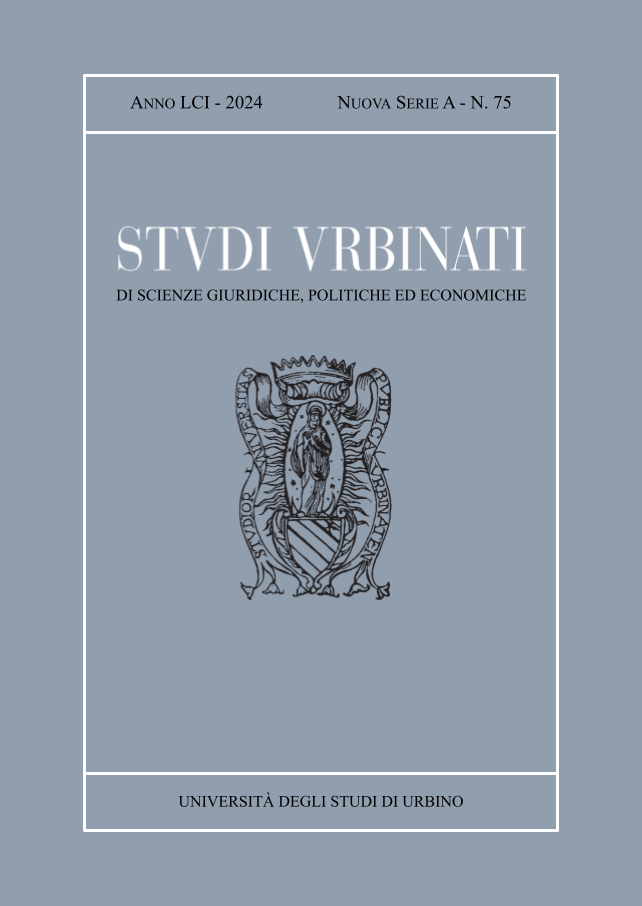Abstract
Since 1861, the birth rate has been steadily declining, and fertility remains below the replacement level, posing a threat to economic and social stability. The main causes include lifestyle and environmental factors, advanced parental age, and medical conditions. In vitro fertilization (IVF) helps preserve fertility, optimize oocyte retrieval, overcome physical barriers to fertilization, and select embryos with the highest implantation potential. Over the past 40 years, IVF has contributed to the fight against declining birth rates, resulting in more than 10 million births worldwide. Gestational Surrogacy (GS) is an IVF procedure in which a woman carries a pregnancy on behalf of another person or couple. It is indicated in cases of uterine absence or malformation, health risks for the pregnant person or baby, recurrent miscarriage, or IVF failure. It is also an option for individuals who cannot conceive biologically, such as transgender people or male same-sex couples.

This work is licensed under a Creative Commons Attribution 4.0 International License.
Copyright (c) 2025 Laura Francesca Rienzi

